-
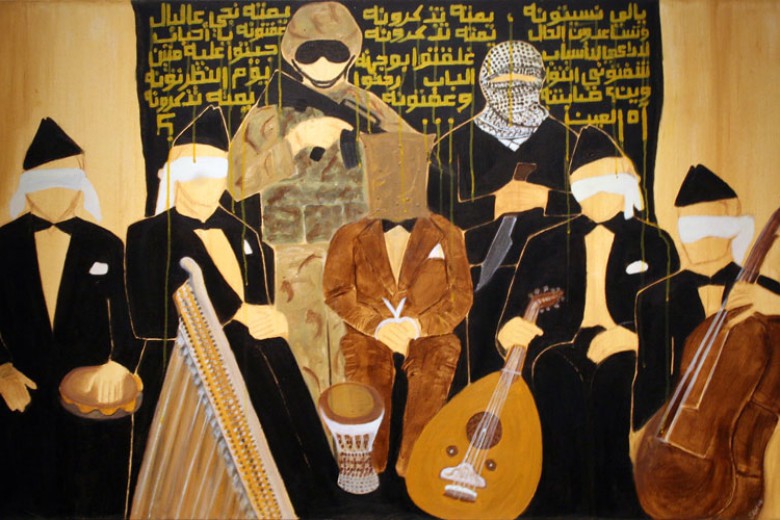
by Ahmed Habib Jul 1, 2013 7 min read
-
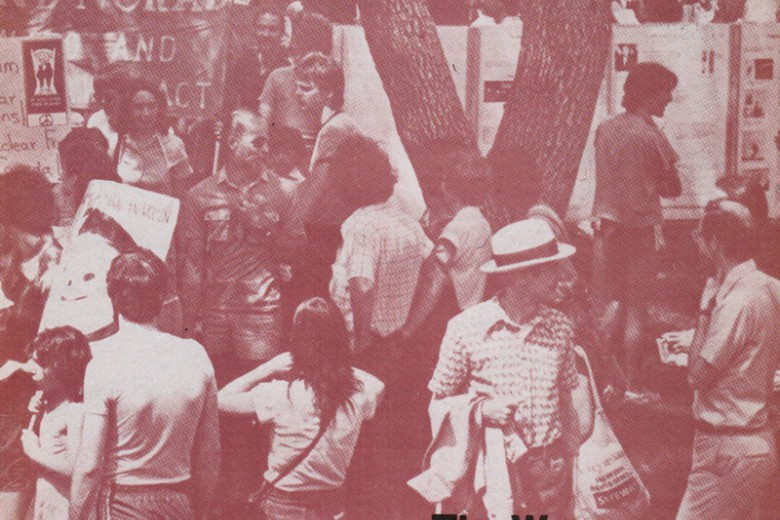
by Valerie Zink May 1, 2013 3 min read
-
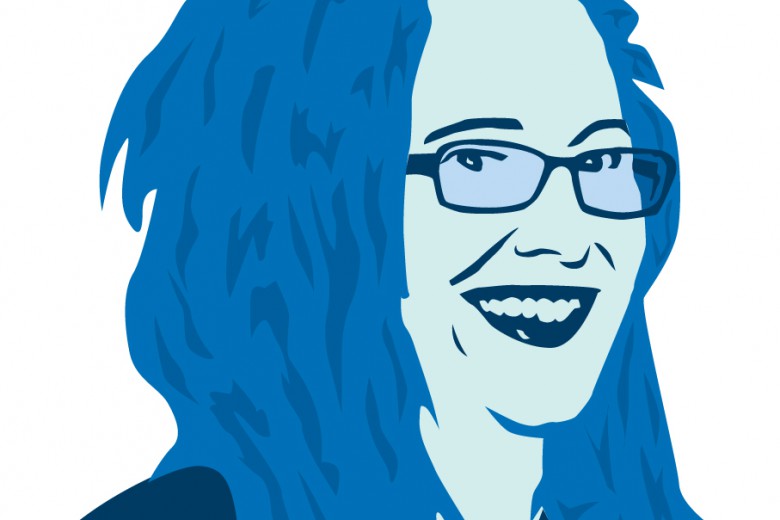
by Shayna Stock May 1, 2013 5 min read
-
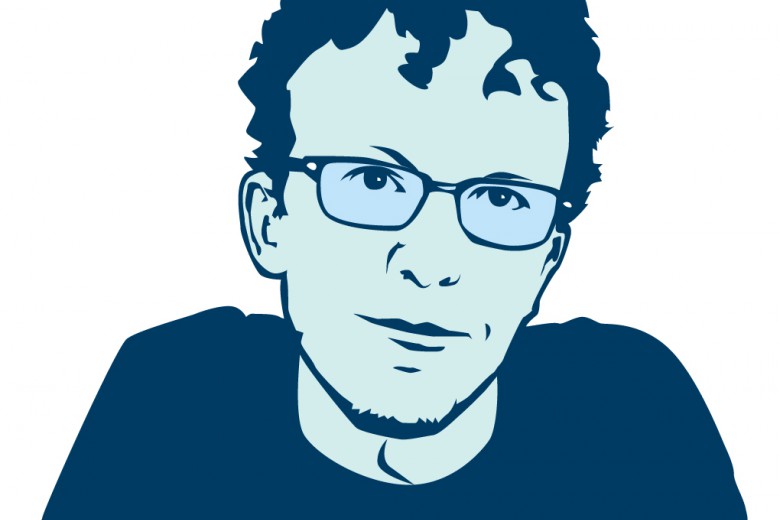
by Briarpatch Staff May 1, 2013 11 min read
-
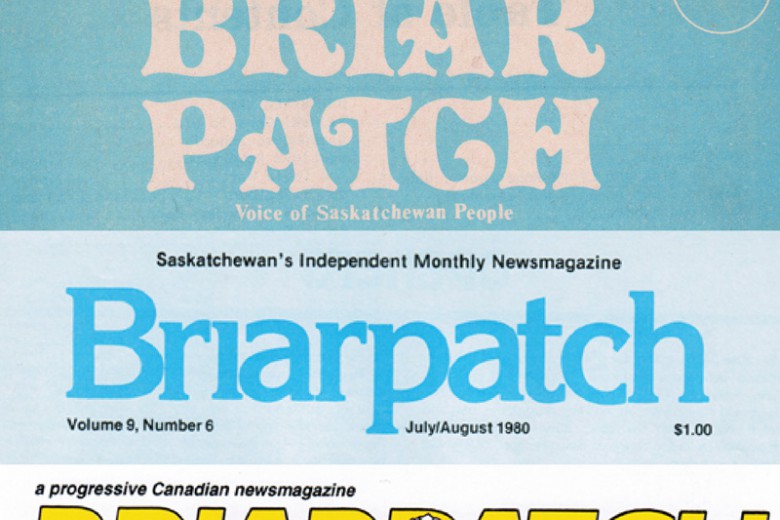
by Briarpatch Staff May 1, 2013 2 min read
-
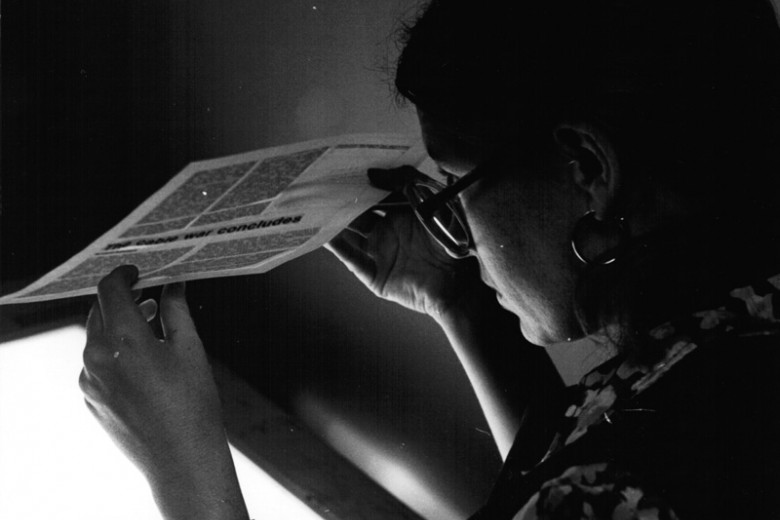
by Briarpatch Staff May 1, 2013 1 min read
-
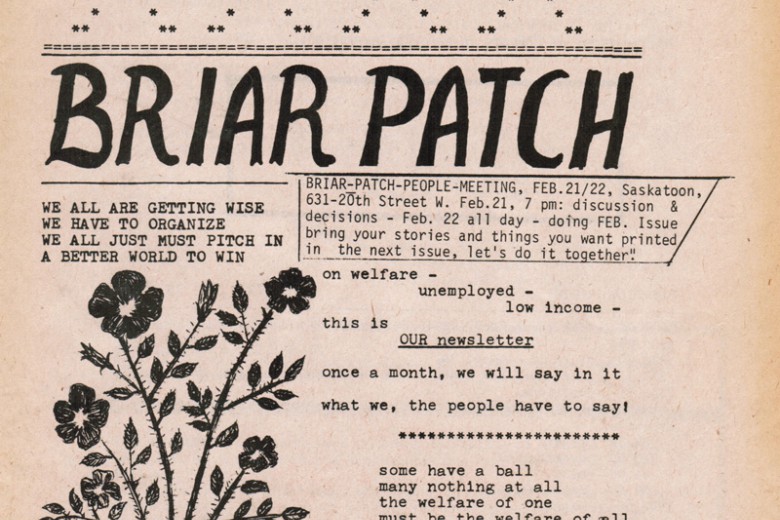
by Ken Collier May 1, 2013 2 min read
-
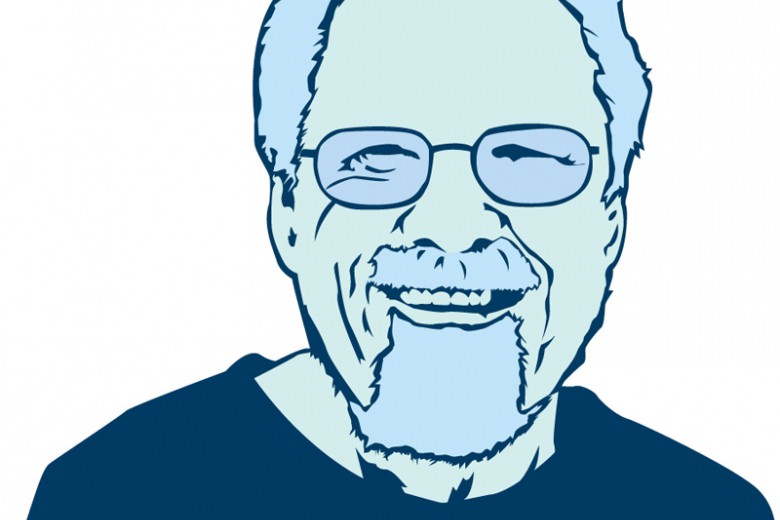
by Briarpatch Staff Apr 19, 2013 3 min read
-
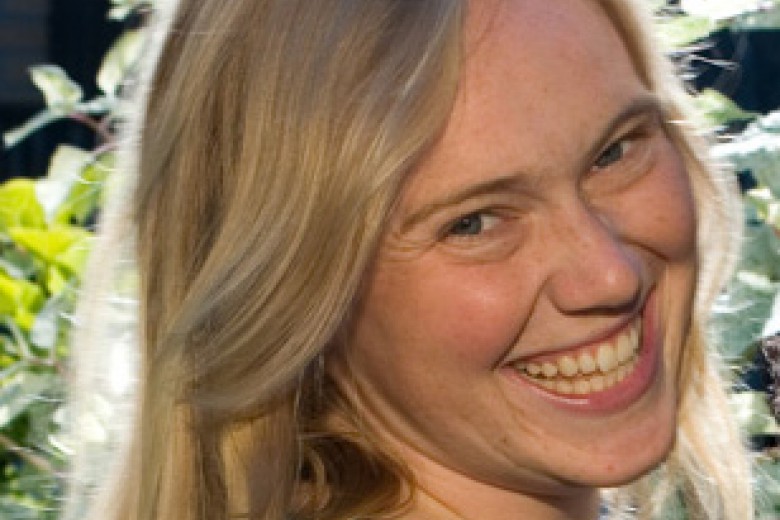
by Shayna Stock May 1, 2012 2 min read
-
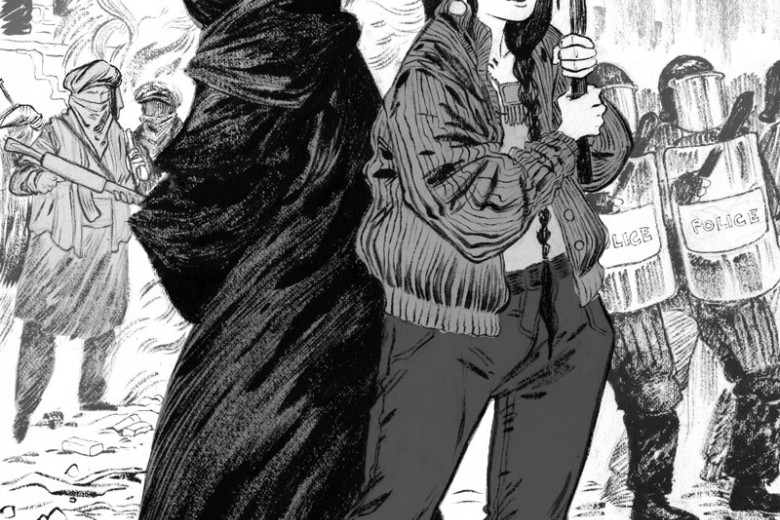
by Yasmin Jiwani May 6, 2011 11 min read
-
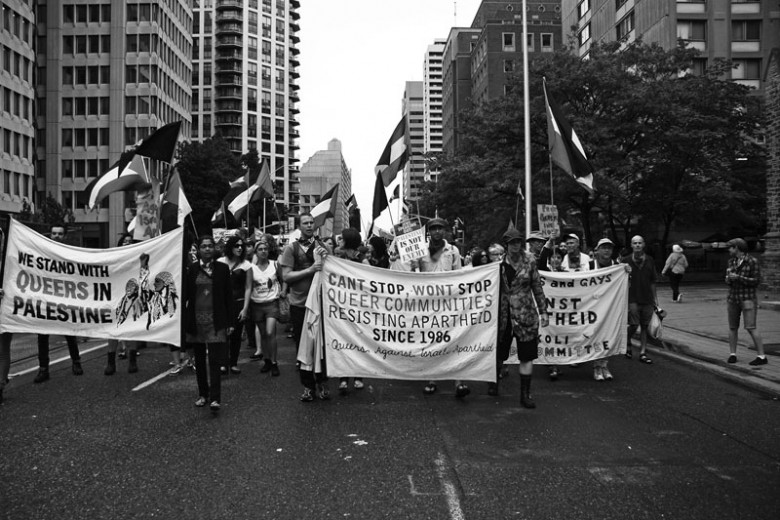
by Natalie Kouri-Towe May 6, 2011 7 min read
-
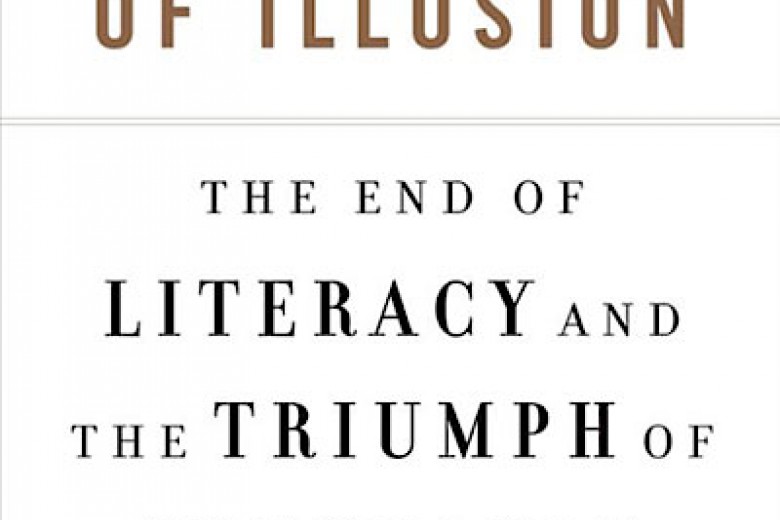
by Don Sawyer May 5, 2010 5 min read
-
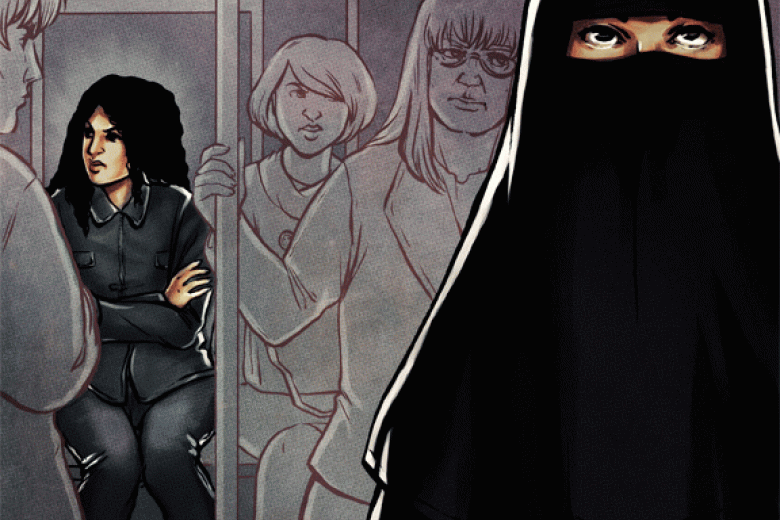
by Erum Hasan Mar 2, 2010 10 min read
-
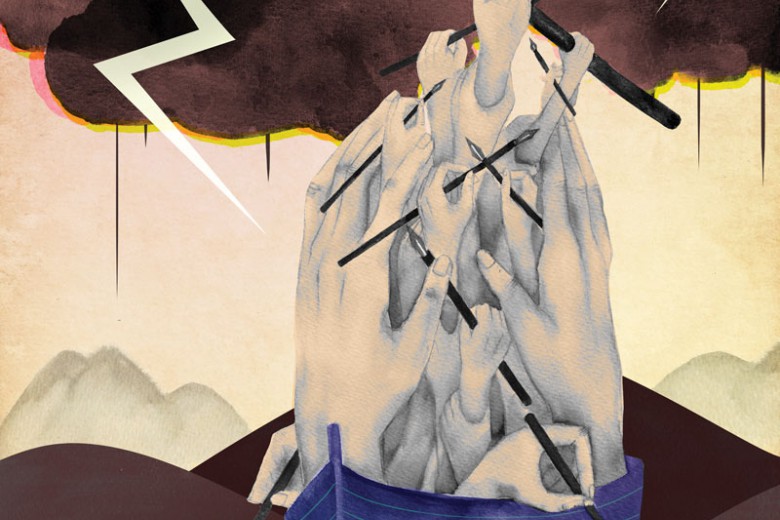
by Andrea Crummer Nov 1, 2009 10 min read
-

by Steve Anderson and Jacqueline Cusak McDonald Sep 1, 2009 8 min read
-
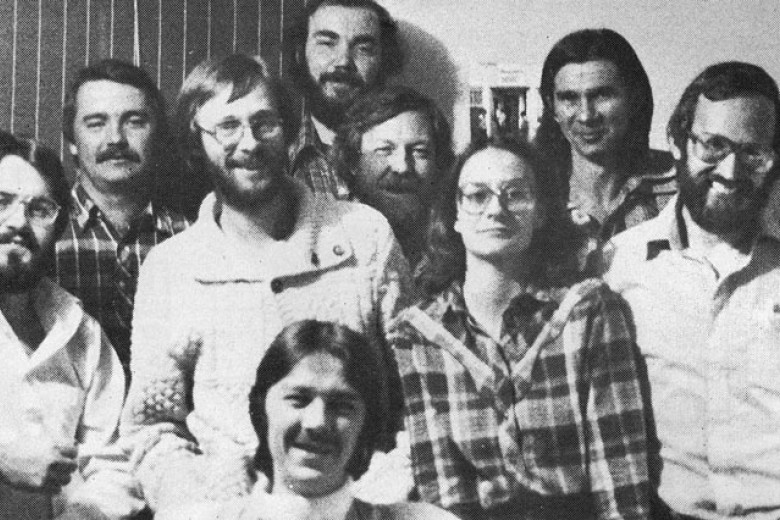
by Dave Oswald Mitchell Sep 6, 2008 5 min read
-

by Asad Ismi Mar 1, 2008 7 min read



















